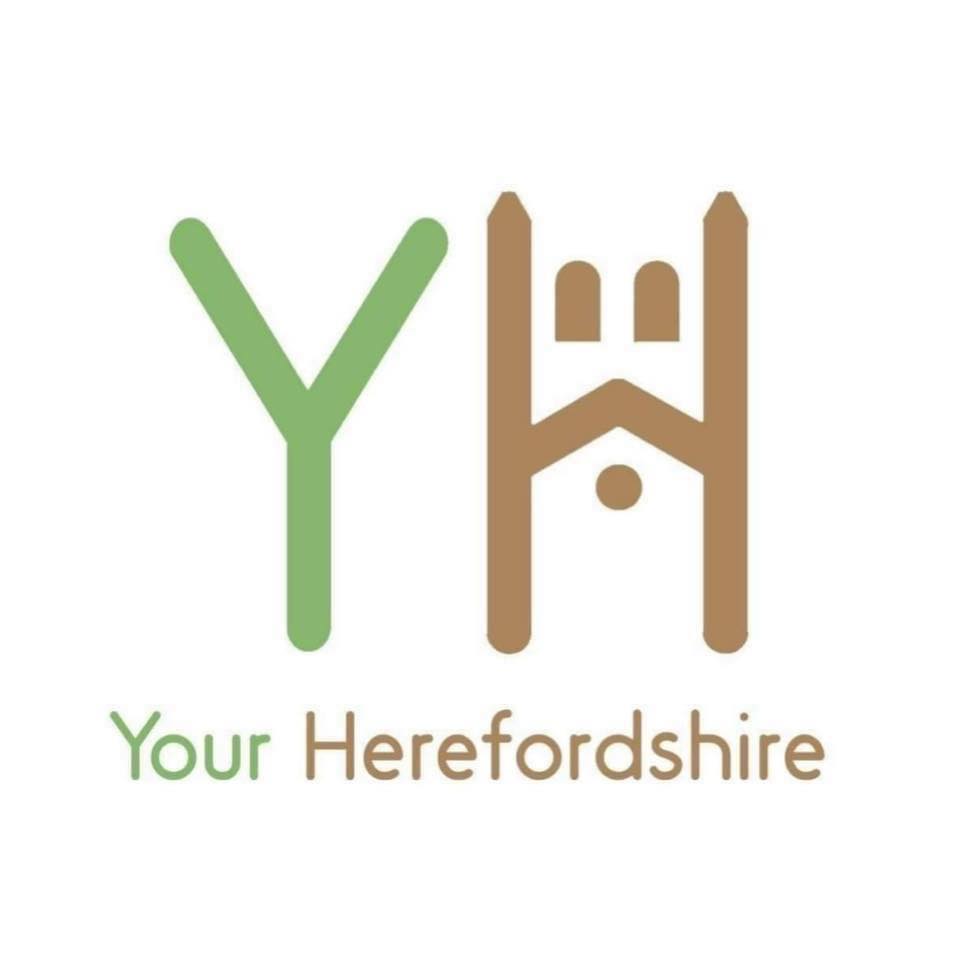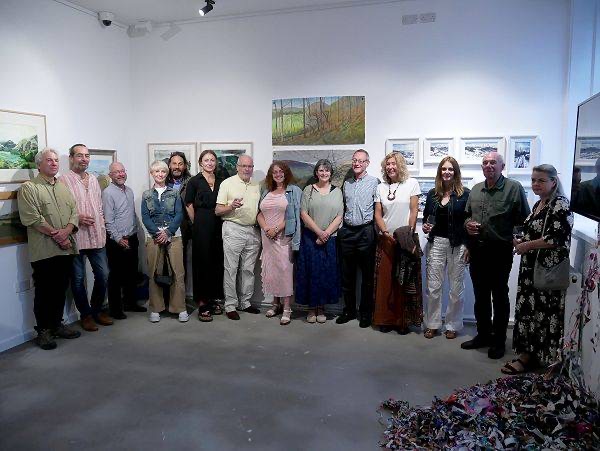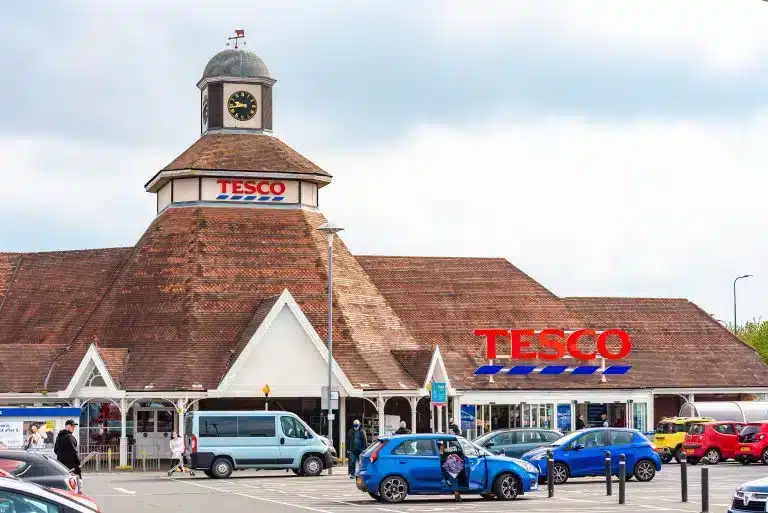Credit: Andy Compton
A group exhibition by a team of talented artists depicting the geological, ecological and human story of ‘The Hogback Hills’ near Kington, has opened in a contemporary art space in the town.
Over 40 works by 18 artists featuring their artistic interpretations of the three ‘Hogback Hills’, -Hanter Hill, Worsell Wood and Stanner Rocks- is being held at ‘RidgeBank’ in Kington High Street until November 30th.
At around 700 million years old Hanter Hill, Worsell Wood and Stanner Rocks, which are a mile to the west of Kington, are the oldest rocks in Wales and made from igneous rock associated with volcanic activity.
Known as the Stanner-Hanter complex they sit on the Church Stretton fault line and are home to a unique ecology.
The artists have explored the hills and met with experts in geology and ecology to inform the work in this show and have responded along the following four lines of enquiry.
Geology: Created deep in the earth’s crust, the three Hogback hills are hard igneous rocks, which moved to the surface when softer overlying rocks eroded. They have witnessed both tropical seas and desert landscapes. Nearby Hergest Ridge, being younger and Silurian, contains fossils of life forms, while a stone’s throw to the north is Dolyhir Quarry, a source of the best gritstone in the country.
Ecology: Hanter is open moorland and scrub. Worsell is a mix of native woodland and conifer plantation notable for redwood ants. Stanner is a designated National Nature Reserve and home to the Radnor Lily, the only site where it can be found in the British Isles.
Topography: The hills’ distinctive hogback shapes and linear pattern enrich the aesthetics of the local landscape. This exhibition considers the notion of The Picturesque’, a British art movement associated with 19th-century Romanticism and how this pursuit of the ideal pastoral landscape has perhaps led to a disconnect with our instinctual response to the environment.
Culture and Habitation: The exhibition explores aspects of human habitation over time including myth, legend and cultural activity. The artists also address economic land use with their depictions of the quarrying and farming on and around the Hogback Hills locality.
RidgeBank’s curator Caroline Allen said ‘It’s exciting to be hosting another exhibition showcasing a range of art practices and perspectives that focus on our nearby landscape. I’m sure locals and visitors to the area will find it fascinating.’
RidgeBank is a new contemporary art space in the heart of Kington that aims to contribute to the vibrant creative community by supporting artists who reflect the local area in some way.
The Hogback Hills exhibition can be seen Weds-Sat 12-5pm (and throughout h.Art) until November 30th.




